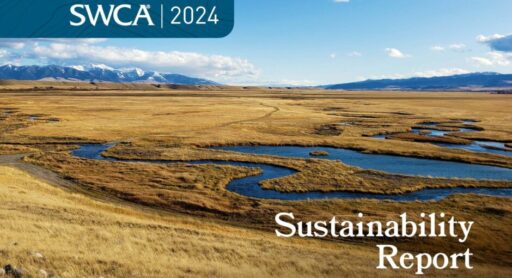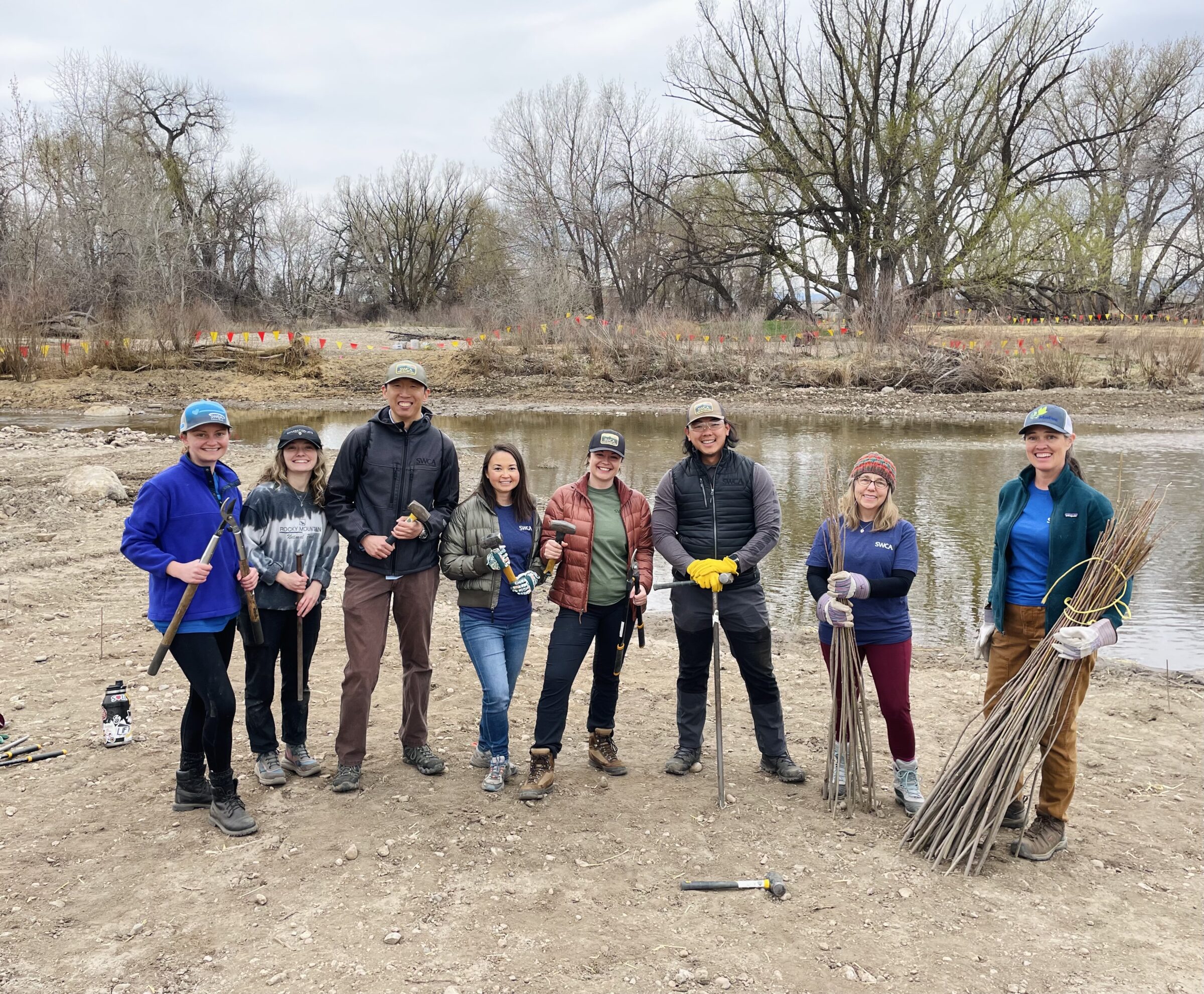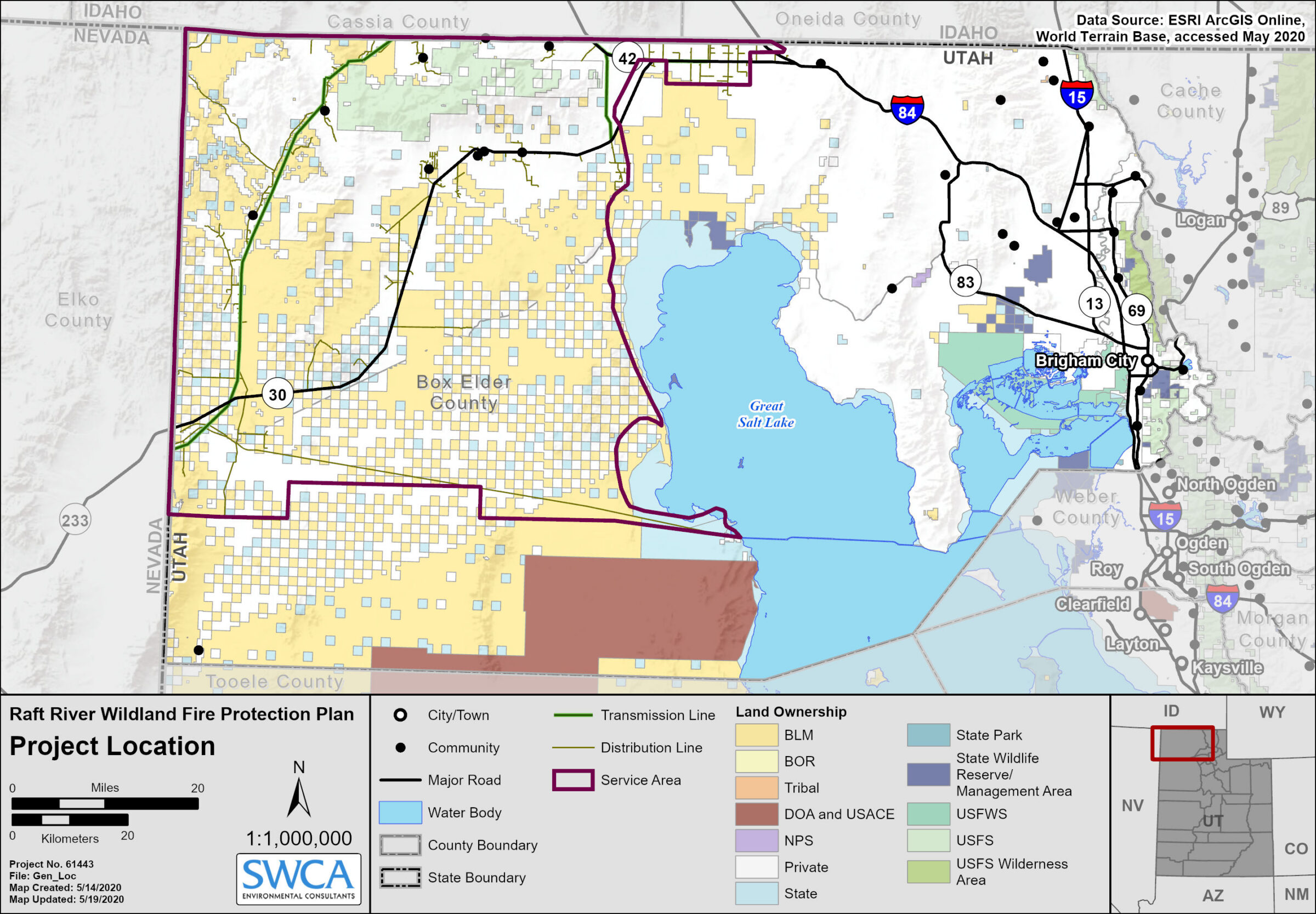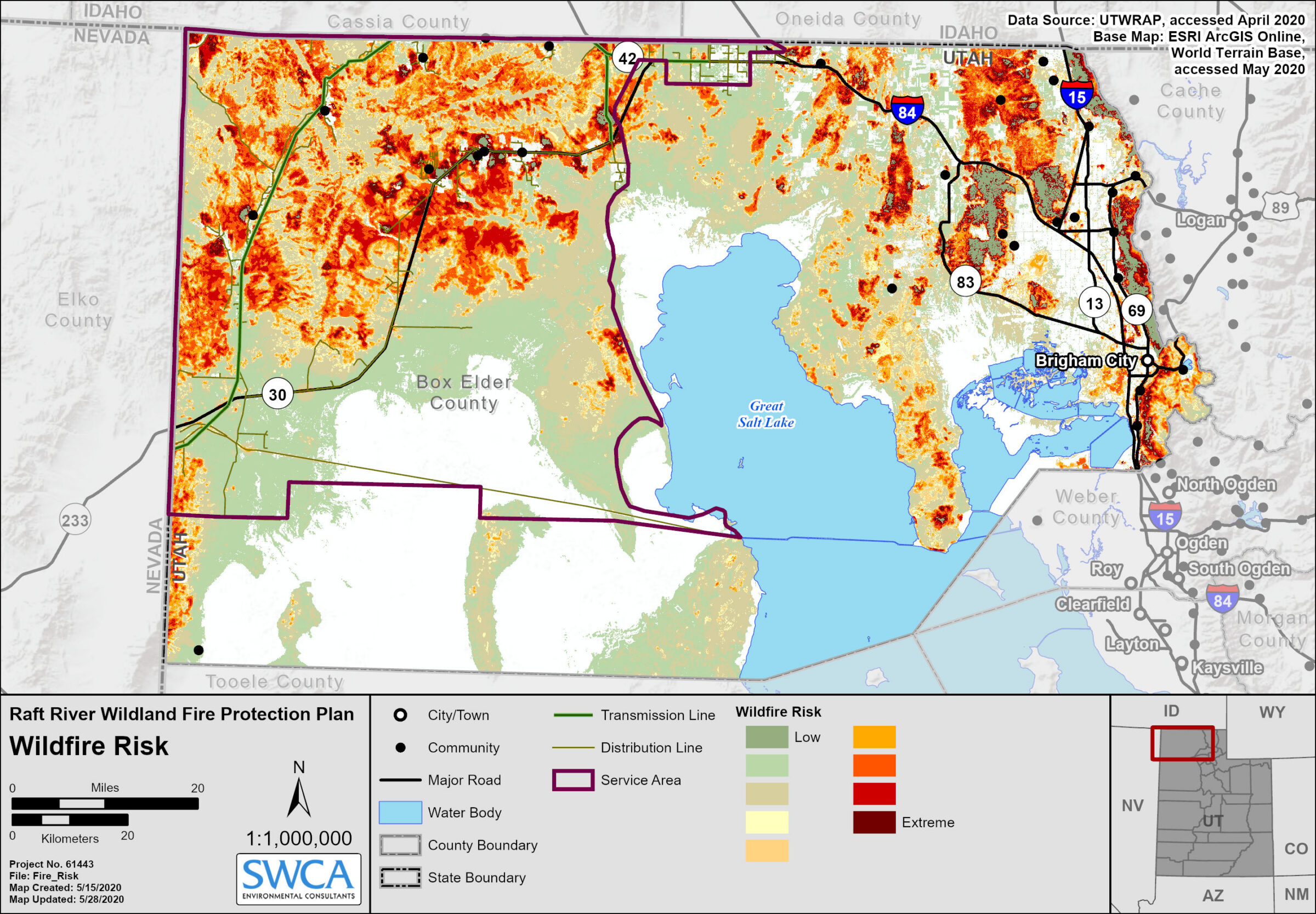2025
Comparably’s Best Company Outlook
* Providing engineering services in these locations through SWCA Environmental Consulting & Engineering, Inc., an affiliate of SWCA.

From the experts we hire, to the clients we partner with, our greatest opportunity for success lies in our ability to bring the best team together for every project.
That’s why:

At SWCA, sustainability means balancing humanity’s social, economic, and environmental needs to provide a healthy planet for future generations.

SWCA employs smart, talented, problem-solvers dedicated to our purpose of preserving natural and cultural resources for tomorrow while enabling projects that benefit people today.

At SWCA, you’re not just an employee. You’re an owner. Everyone you work with has a stake in your success, so your hard work pays off – for the clients, for the company, and for your retirement goals.
Keeping the Power On: Electric Cooperatives Address Fire Risk with Wildfire Mitigation Plans
Western electric cooperatives face growing wildfire risks. States like Utah and New Mexico now require wildfire mitigation plans to ensure utilities take proactive steps to reduce risk and liability.
Electric cooperatives are private, not-for-profit organizations that provide electricity to their members, or customers. Owned by the members they serve, electric cooperatives are community-focused and often established in rural areas where access to electricity improves the quality of life. According to the National Rural Electric Cooperative Association (NRECA), electric cooperatives power 56% of the American landscape, including 92% of persistent poverty counties. Electric cooperatives strive to deliver the best service while providing the lowest possible rates for their members.
For many electric cooperatives in the Western states, wildfires pose the biggest threat to the reliability and affordability of service that they provide to their members. And state lawmakers have taken notice.
In 2020, Utah passed a law requiring utilities and electric cooperatives to prepare and submit a wildland fire protection plan, among additional items intended to help utilities better prepare for wildfire risk and minimize liability. Similar legislation is currently underway in New Mexico to require electric cooperatives to develop wildfire mitigation plans. The intent of these laws is to help electric cooperatives demonstrate how they are taking reasonable and prudent measures to prevent wildfire.
After Utah passed its wildland fire planning bill in 2020, the Raft River Rural Electric Cooperative (RREC) and many other electric cooperatives turned to SWCA for help. SWCA’s wildfire experts used their years of experience working with utilities on environmental compliance activities and crafting community wildfire protection plans, along with the legislation’s specific requirements, to develop wildland fire protection plans for these electric cooperatives.
Taking a closer look at RREC, the initial wildland fire protection plan focused on its service area in Utah — approximately 2,300 square miles in Box Elder County in the northwest corner of the state — although the cooperative also delivers power to southern Idaho and northeastern Nevada.

General project location, showing Raft River Rural Electric Cooperative’s infrastructure, service area, and land ownership.
SWCA wildfire experts first assessed topics such as the vegetation, fuels, topography, climate, and fire history in Box Elder County — including the threat of wildfire and the effects of fire on identified values like infrastructure, property, natural resources, and drinking water — to understand the area’s wildfire risk.
Working closely with the RREC team, they also reviewed the cooperative’s operations, such as inspection and vegetation management plans. Based on this comprehensive view, SWCA wildfire experts developed specific recommendations for reducing wildfire risks. The plan also compiled best practices like reducing wildfire ignitions close to infrastructure and system hardening upgrades.
“We partnered closely with Raft River Rural Electric Cooperative while developing their wildland fire protection plan. Electric cooperatives already have many aspects of wildfire planning built into their operational plans, like how often they inspect infrastructure or how they manage vegetation,” said Vicky Amato, a principal planner of fire and forestry at SWCA. “Our wildfire expertise enhances the wildfire mitigation plan with detailed risk assessments and priority actions.”
“SWCA has been an exceptional partner in developing our wildland fire protection plan. Their expertise and dedication were evident from the start, as they meticulously assessed our service area’s unique risks and tailored recommendations to our needs,” said Chad Black, general manager of RREC. “The collaborative effort between our teams ensured that we could enhance our existing wildfire mitigation strategies effectively. We appreciate SWCA’s commitment to helping us safeguard our communities and infrastructure against wildfire threats.”
After completing the initial wildland fire protection plan in only a couple of months to comply with Utah’s new law, SWCA continued to partner with RREC to extend the plan to include the additional service areas in neighboring states.

Wildfire risk for the RREC service area from UWRAP.
“As more states look to pass similar laws, electric cooperatives can share the expense by connecting wildfire mitigation plan development efforts, which also helps keep costs low for members,” said Cody Stropki, fire ecologist and resilience director at SWCA. “The Utah Rural Electric Cooperative Association was key in coordinating these efforts with RREC and multiple electric cooperatives. State and federal funding is also available, and having a plan is always a smart move, even without legislation.”
SWCA’s wildfire specialists support a variety of entities — communities, cooperatives, or corporations — with customized wildfire services with the aim to better prepare for, adapt to, and recover from wildfire. Recognized for our range of technical expertise, SWCA is also supporting the development of California’s wildfire mitigation plan guidelines for large electrical corporations.
In June 2023, the California Office of Energy Infrastructure Safety (Energy Safety) selected SWCA to provide comprehensive support for the development of critical wildfire mitigation guidance documents. SWCA’s fire ecologists are providing expertise for the development of the 2026-2028 Wildfire Mitigation Plan Technical Guidelines and the 2026-2028 Wildfire Mitigation Maturity Model and Maturity Survey. SWCA is also compiling and presenting feedback from electrical corporations and other California agencies on public draft guideline documents, among additional services.
“With the rise in state legislation mandating wildfire mitigation plans, electric cooperatives are in a prime position to take proactive measures,” said Amato. “Leveraging available funding, cooperatives can develop comprehensive wildfire mitigation plans that not only meet legal requirements but also enhance the safety and resilience of their infrastructure and communities.”
With state and federal funding available to help offset costs, the process of creating these plans — assessing risks, analyzing operational strategies, and implementing practical mitigation strategies — has become both feasible and essential. Beyond meeting legal requirements, having a well-structured plan significantly reduces liability risks and demonstrates a commitment to protecting infrastructure, members, and communities from wildfire threats.
Successful resilience in the face of wildfires requires planning for all stages of the cycle: readiness, response, recovery, and restoration. Learn more about SWCA’s wildfire services and how our team of experts can navigate you through any stage.